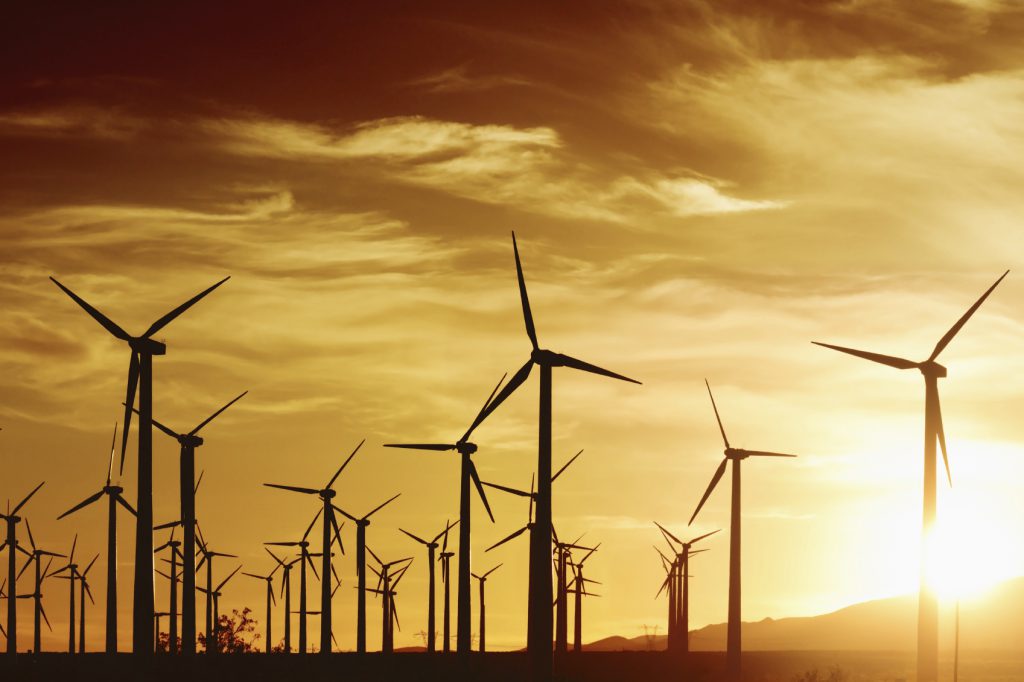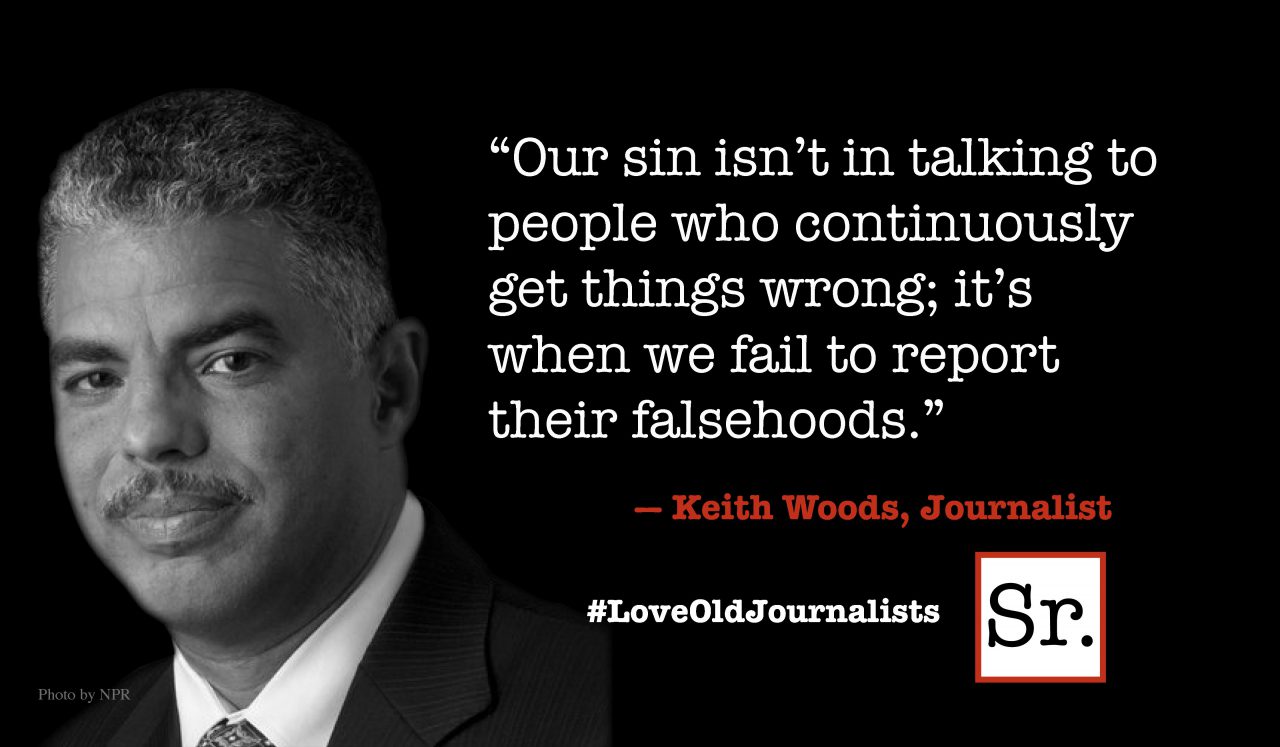Last week I listed the three major forces involved in why so little action is taking place around the impending cataclysm generated by climate change and global warming: (1) The scientists who are involved in value-free research, (2) environmentalists who are increasingly aware of the problem, and (3) politicians who realize the negative economic consequences of limiting the use of fossil fuels.
More recently there has been a change in the way two of these three relate to each other. The basic turnaround has come from the scientific community. It has become aware that what its research shows is a threat to human existence. With this realization it has become clear that scientists can no longer stand on the sidelines as disinterested observers. The stakes are just too high. As a result, they have increasingly joined forces with the environmentalists. They supply the scientific data, and the environmentalists supply the political initiative.
A few weeks ago the following statement came from scientists of 110 nations which have formed the Intergovernmental Panel on Climate Change. This report is the result of seven years of work during which they examined the data and concluded that “unless the world changes course immediately and dramatically, the fundamental systems that support human civilization are at risk!” The report concludes that there is widespread evidence of the substantial threat impacting all continents and all oceans. National stability, food crops, water resources, species loss and human health are all in jeopardy.
While thus far this combination of scientists and environmentalists has failed to move the third force, the political decision-makers, they are beginning to pay some attention. A long-term agreement on reducing atmospheric CO2 has recently been developed by the two nations most responsible for atmospheric contamination — China and the United States. While this agreement is much too limited, it is at least a start. International bodies and conferences seeking ways to deal with the crisis have been hung up on the difference in the way developed and developing nations look at the problem.
Developing nations want the substantial reductions to rest with the biggest polluters. The developed nations want everyone to share in the reductions. Of course this debate has enormous economic implications. The developing nations know that their economic future lies in an ability to generate the needed energy — at this point only by the burning of fossil fuels. The already developed nations don’t want to carry the whole load, even if they own 90 percent of the problem.
While this debate continues, there is substantial progress among some of the European nations, which are learning how to use wind and solar in economically productive ways, and do not intend to wait until the international squabble is resolved. In much of Europe, the scientific and the environmental communities have managed to enlist the third force — government — in the process. This is probably the world’s most hopeful sign. In the meantime China is putting big yuan into discovering ways to cut their catastrophic C02 emissions even while they bring online one coal burning power plant each week.
In the United States all progress has been thwarted by a Republican-dominated Congress — which now includes the Senate. How can this stalemate be broken? I see only one way. It is the increased participation by a fourth influential group — and that is the American people. Evidences of this possibility will become obvious as the nation moves toward the 2016 election. To be blunt about it, if Hillary Clinton, who may well be the Democrats’ nominee, fails to take this on as an overarching issue, and doesn’t fight to bring with her presidency enough Democrats to change the nature of Congress, then those of us who have been loyal party members might well consider finding an alternative. What is there to lose?
If the four groups I have mentioned — scientists, environmentalists, political decision-makers and the American people — cannot begin to speak with a single voice, those who suggest that the problem is unsolvable, and that we are doomed because we refuse to address it, may be correct.









